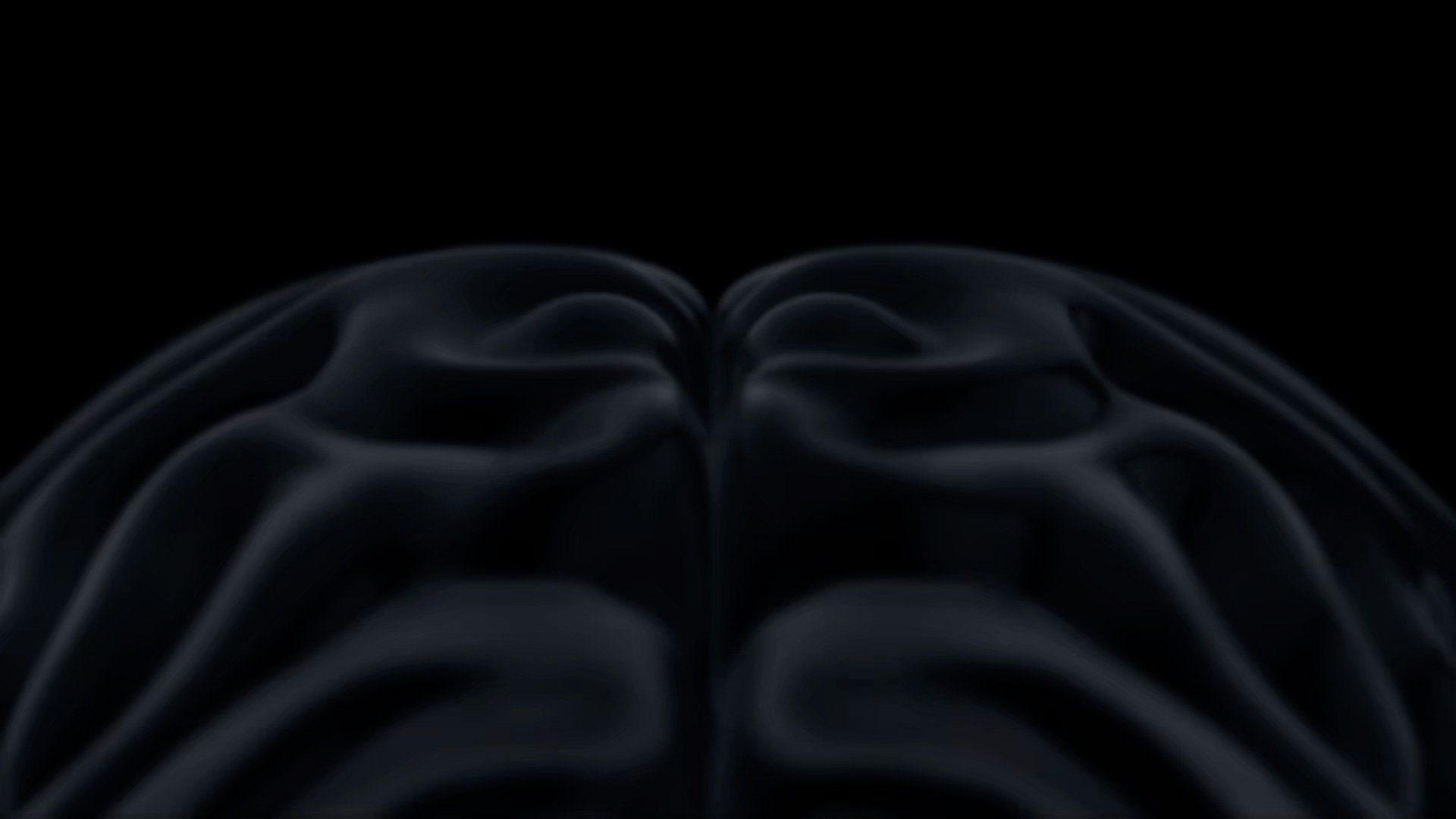
A Deeptech Vision with a Medtech Execution
Our Vision
To unleash human potential by harnessing the capabilities of Brain-Computer Interfaces
Our Mission
Building minimally invasive brain interfaces to monitor, treat, and restore lost functions for individuals fighting neurological disorders

Soft Brain Interfaces
We have pioneered the development of soft, elastic brain interfaces that offer enhanced bio-integration and minimize the mechanical mismatch with neural tissues.
Our brain interfaces are 1000 to 100’000 times softer, and 3 to 5 times thinner compared to alternative solutions. These unique mechanical properties provide a significant improvement in the safety profile. Brain-Computer Interfaces (BCIs) manufactured with our technology do not only have the potential to reduce scar tissue formation, which has been one of the main bottlenecks in the development of long-term BCIs, but to reduce other risks such as subdural hematomas and brain compression.
Moreover, our interfaces can access sulci and enable minimally invasive brain implantation, as they can be folded and unfolded in extreme form factors without risk of being damaged.

Artificial Intelligence
We leverage Artificial Intelligence to extract actionable insights from brain recordings, harnessing its powerful capabilities to analyse brain data for biomarker detection, optimize neuromodulation, and decode motor and speech intentions.
Our medical devices are designed to fully integrate AI solutions, ensuring improved outcomes for patients with neurological disorders.



















